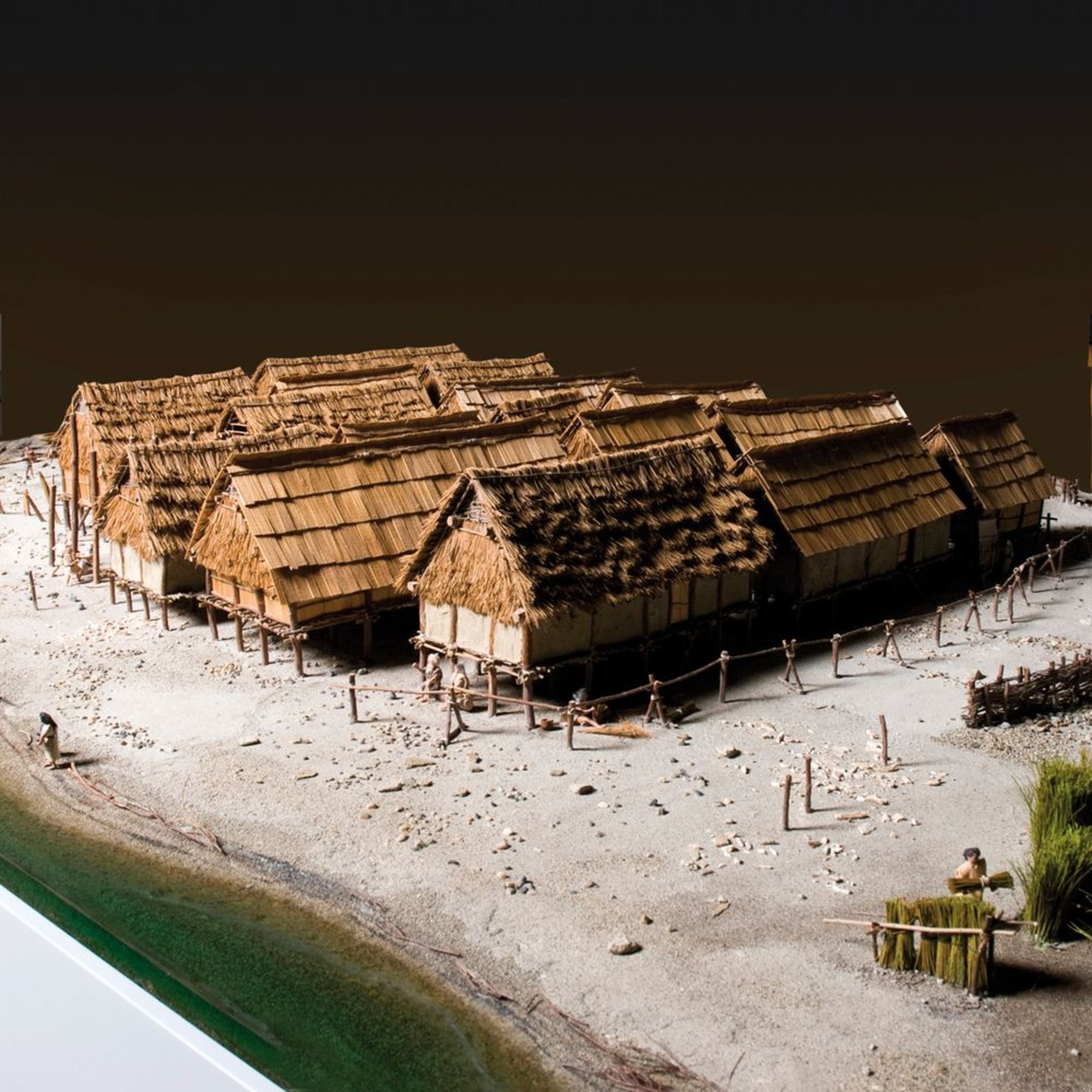- Home
- The village
- A lakeshore village ?
The reasons why Neolithic farming populations would build their villages far away from the fields where they grew their grain have long remained a mystery.
Why did certain communities deliberately choose to build their houses in the middle of peat bogs, on dry lakebeds, and even on watery banks of lake marl that were regularly flooded? The question seems all the more incomprehensible today, as these low-lying areas are saturated with water and completely inhospitable.
Two theories, among others, have often been advanced to explain why these villages were built on the shores of lakes:
